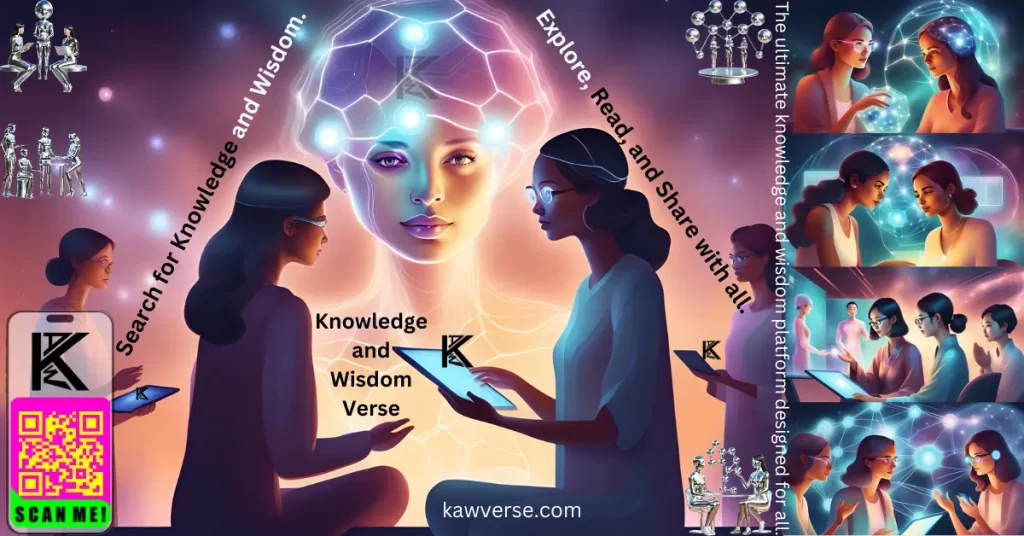The letter “U” is a small but powerful component of the English language and many other alphabets worldwide. This article delves into the depths of the letter “U,” uncovering its history, significance, and applications across various domains. Whether you are a language enthusiast, a student, or someone seeking insights into this unique letter, this guide will enrich your understanding and appreciation of “U.”
Benefits of Reading This Article
By exploring this guide, you will:
- Gain a deep understanding of the letter “U” and its role in language and communication.
- Discover real-world applications and cultural significance of the letter.
- Learn interesting facts, trends, and emerging insights related to “U.”
- Access actionable tips and knowledge for incorporating this letter effectively in language and beyond.
- Enhance your vocabulary, linguistic skills, and general knowledge.
Definition
The letter “U” is the 21st letter of the modern English alphabet and the fifth vowel. Phonetically, it represents a variety of sounds, including the long “ū” as in “unicorn” and the short “ŭ” as in “umbrella.” Derived from the Semitic letter “Waw,” the modern “U” evolved through Greek (“Upsilon”) and Latin scripts to take its current shape and usage. It is a versatile and integral character in countless words, contributing to the richness of linguistic expression.
Examples and Comparisons:
- Examples of Usage:
- Long “ū”: Unique, university, unity.
- Short “ŭ”: Under, up, ultimate.
- Comparison: Unlike consonants, vowels like “U” create vocalic sounds that form the core of syllables, making them indispensable in spoken and written language.
Target Audience
This article is designed for:
- Beginners: Students or language learners seeking foundational knowledge about the alphabet.
- Intermediates: Educators, writers, or hobbyists aiming to deepen their understanding of linguistic elements.
- Experts: Linguists, philologists, and advanced researchers exploring nuanced aspects of “U.”
- General Readers: Anyone curious about the cultural and practical significance of letters.
Applications and Real-World Use Cases
The letter “U” extends beyond mere linguistic usage, finding relevance in various fields:
1. Linguistics and Education
- Phonics and Reading: Integral in teaching vowel sounds and building vocabulary.
- Linguistic Patterns: Central to forming diphthongs (e.g., “ou” in “house”) and triphthongs (e.g., “iou” in “delicious”).
2. Branding and Marketing
- Memorability: Brands like Unilever and Uber leverage “U” for unique identity.
- Creativity: Commonly used in slogans (e.g., “Just for U”).
3. Technology and Computing
- Unicode: A universal encoding standard for text representation.
- Variables: Often used as a placeholder or variable in programming.
4. Cultural and Symbolic Relevance
- Shapes and Icons: The “U” shape is prevalent in logos, designs, and structures (e.g., horseshoes, magnets).
- Metaphorical Meaning: Represents inclusivity, as in “You” and “Us.”
Relevance and Importance
Why does the letter “U” matter in today’s world? Let’s explore:
- Communication: Enables diverse sound patterns critical for effective interaction.
- Cultural Impact: Featured prominently in expressions and symbols of unity.
- Technological Significance: Plays a role in encoding systems and digital language tools.
- Current Trends: Increasingly used in branding to convey personalization and connectivity.
Types and Subtopics
The letter “U” has various dimensions:
1. Phonetic Variants
- Long “ū”
- Short “ŭ”
- Silent “u” (e.g., “guess”)
2. Stylistic Forms
- Uppercase “U”: Used in formal writing and as a symbol in mathematics.
- Lowercase “u”: Common in casual text and digital media.
3. Regional Variations
- In British English, “u” appears in words like “colour,” while American English simplifies it to “color.”
4. Emerging Trends
- The rise of emoji and shorthand language (e.g., “u” for “you” in texting).
Key Takeaways
- The letter “U” is a fundamental vowel with diverse sounds and applications.
- It plays a pivotal role in language, culture, branding, and technology.
- Its flexibility and symbolism make it a unique and indispensable character.
FAQs
What is the origin of the letter “U”?
The letter “U” originated from the Semitic letter “Waw” and evolved through Greek and Latin alphabets to its modern form.
How is “U” pronounced?
“U” can be pronounced as a long vowel (ū) or short vowel (ŭ), depending on the word and context.
What are common words starting with “U”?
Examples include umbrella, unity, ultimate, unique, and universe.
Why is “U” important in language?
As a vowel, “U” forms the core of syllables, enabling coherent speech and writing.
What are some symbolic meanings of “U”?
“U” often symbolizes inclusivity (e.g., “You” and “Us”) and serves as a universal icon in design.
Next Steps and Future Directions
- Language Learners: Practice using “U” in varied contexts to enhance your skills.
- Educators: Incorporate fun activities to teach the versatility of “U.”
- Researchers: Explore the role of vowels in computational linguistics and AI-driven language models.
- Businesses: Utilize “U” creatively in branding and communication strategies.
Conclusion
The letter “U” is much more than a character in the alphabet; it’s a cornerstone of communication, culture, and creativity. By understanding its nuances and applications, we not only appreciate its significance but also harness its potential in our daily lives. Embrace the power of “U” to unlock new opportunities in language, technology, and beyond.


Leave a Reply
You must be logged in to post a comment.